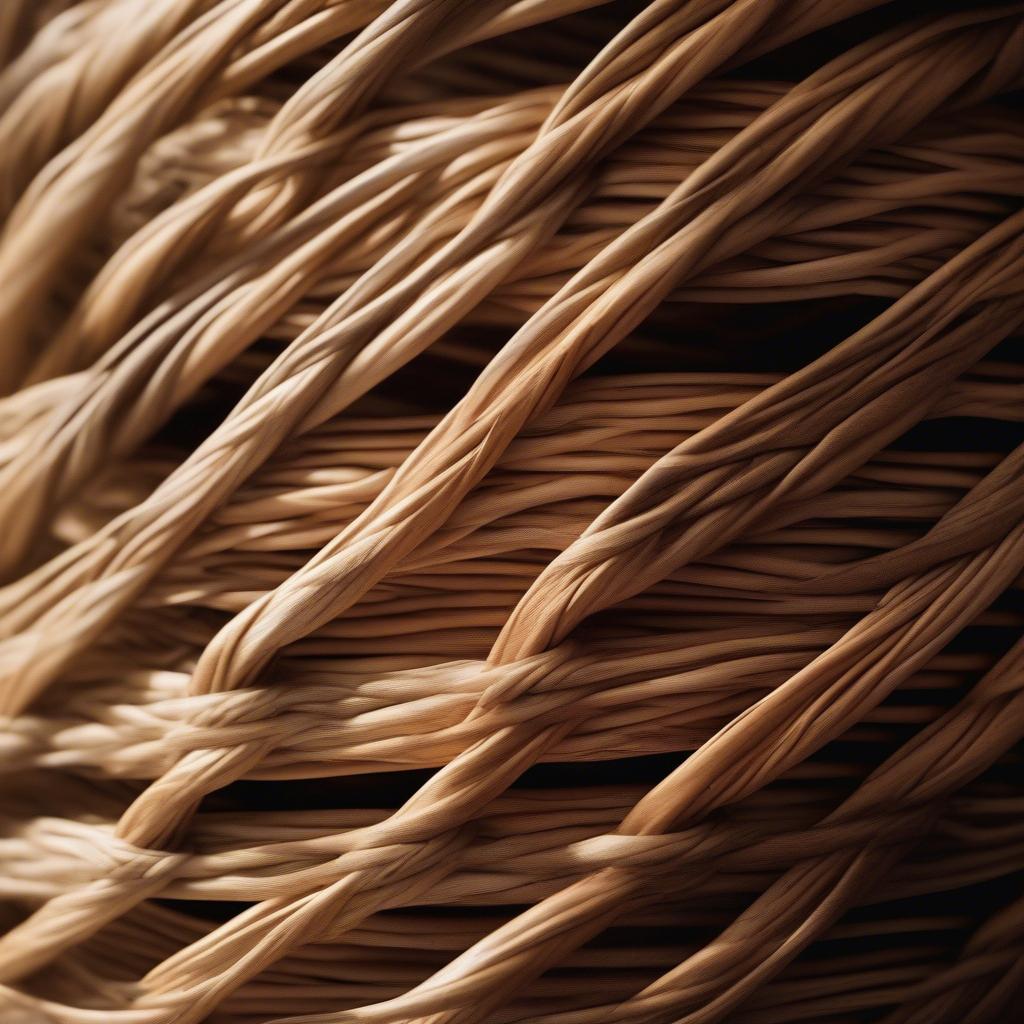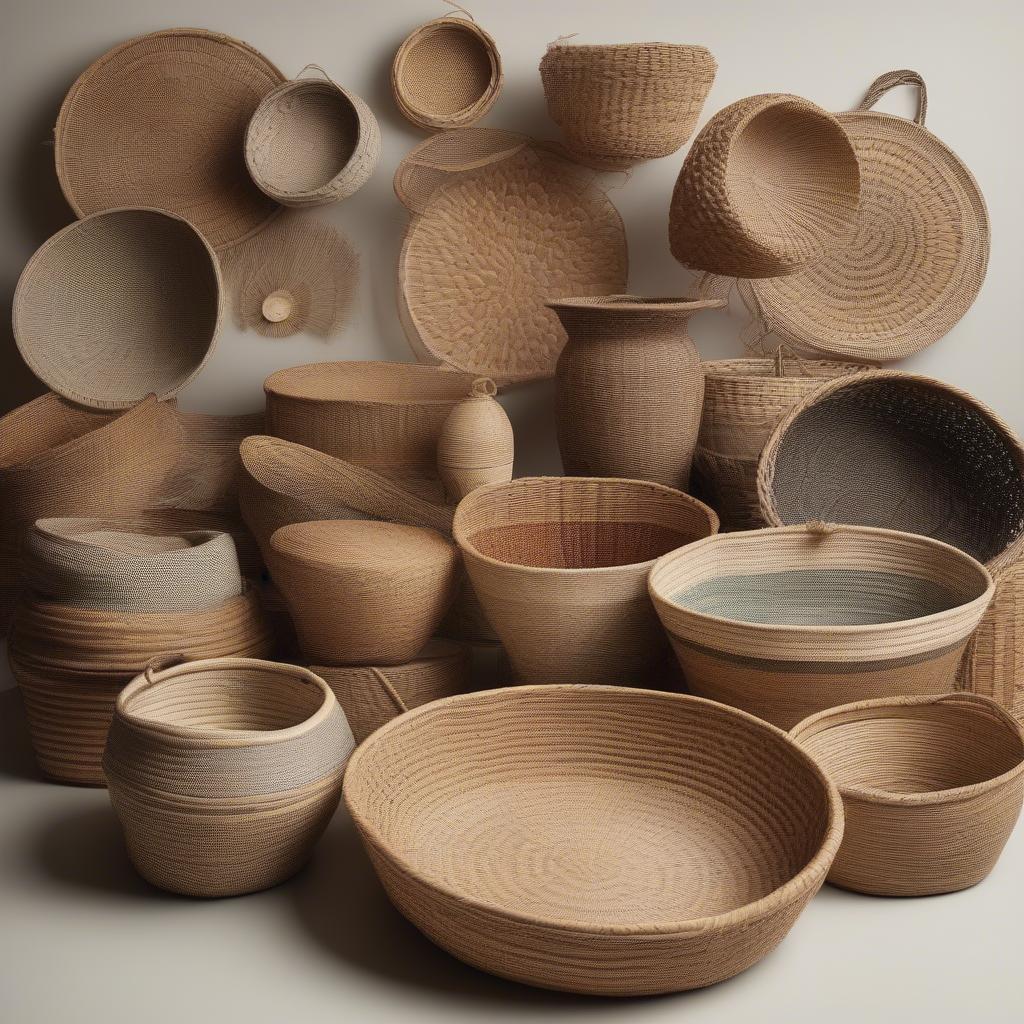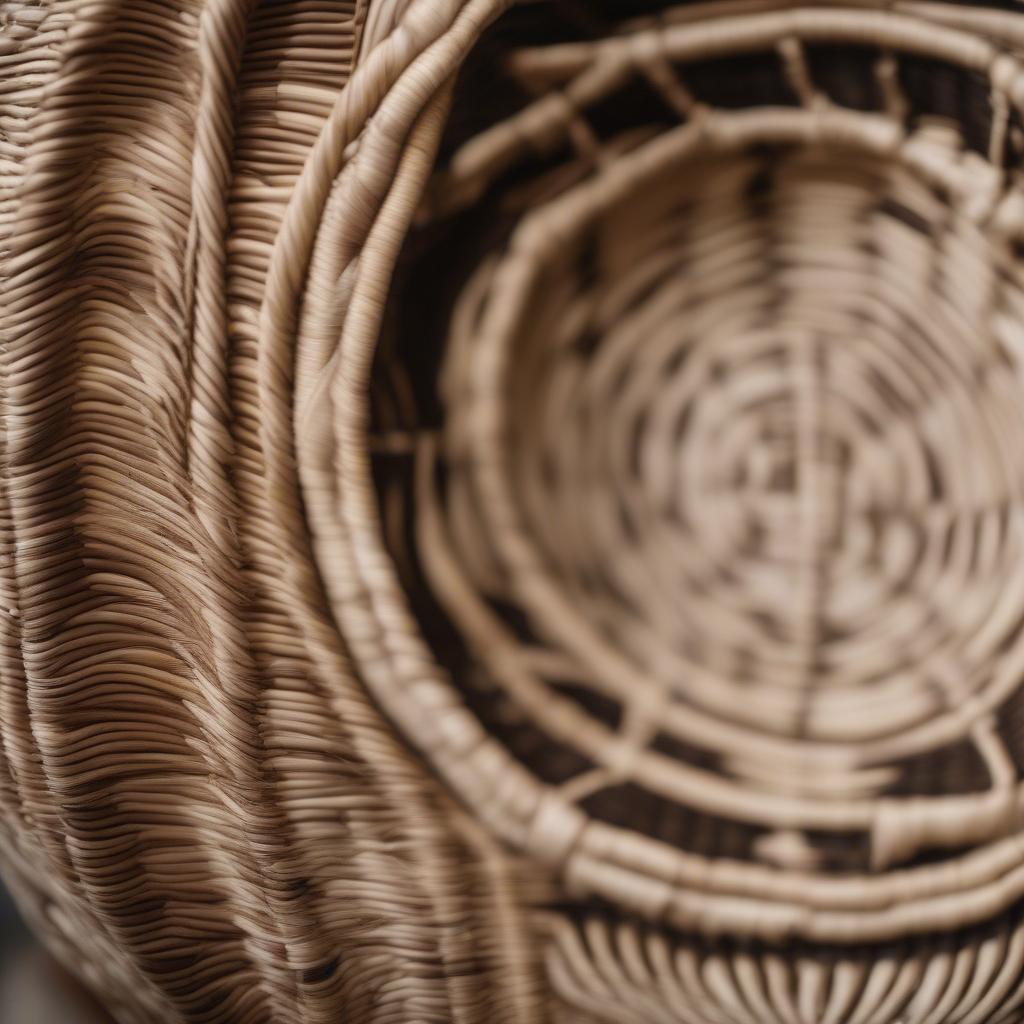Basket Weaving
Weave Basket Texture: A Guide to Understanding and Appreciating the Art
Weave Basket Texture is more than just a visual element; it’s a testament to the artistry and skill involved in creating these beautiful, functional objects. From the tight, intricate patterns of a coiled basket to the open, airy weave of a market basket, the texture speaks volumes about the materials used, the techniques employed, and the cultural heritage behind each piece. This article will delve into the world of weave basket texture, exploring the various factors that contribute to its unique character and offering insights into how to appreciate the craftsmanship behind it.
Exploring the Diverse World of Weave Basket Textures
Basket weaving is an ancient craft practiced across cultures, and the resulting textures are as diverse as the people who create them. The texture of a weave basket is determined by several key factors:
- Material: The type of material used significantly impacts the final texture. Wicker, rattan, willow, seagrass, and bamboo all offer distinct textures, ranging from smooth and polished to rough and rustic.
- Weaving Technique: Different weaving techniques produce varying textures. Twining, coiling, plaiting, and wicker weaving all contribute to unique surface patterns and tactile experiences. Tightly woven baskets often have a smooth, almost solid feel, while loosely woven ones are more open and airy.
- Finishing: The finishing process, whether it involves dyeing, staining, or sealing, can further enhance or alter the texture of the basket. A lacquered finish, for example, can create a smooth, glossy surface, while a natural finish preserves the raw texture of the materials.
 Close-up view of a wicker basket showcasing its intricate texture.
Close-up view of a wicker basket showcasing its intricate texture.
How to Identify and Appreciate Different Weave Basket Textures
Learning to identify different weave basket textures enhances your appreciation for the artistry involved. Here are some tips:
- Look Closely: Examine the basket’s surface. Are the weaves tight or loose? Are the materials uniform or varied in size and color?
- Touch and Feel: Run your fingers across the basket. Is the surface smooth, rough, or somewhere in between? Can you feel the individual strands of the material?
- Consider the Pattern: Observe the weaving pattern. Is it simple or complex? Does it incorporate different techniques?
 A display of various woven baskets showcasing a range of textures.
A display of various woven baskets showcasing a range of textures.
Weave Basket Texture and Interior Design
Weave basket texture plays a crucial role in interior design, adding depth, warmth, and visual interest to a space. Baskets can be used as decorative accents, storage solutions, or even as functional pieces of furniture.
- Texture as a Design Element: The texture of a basket can complement other textures in a room, such as wood, fabric, or metal.
- Creating Visual Interest: Baskets with unique textures can serve as focal points, adding a touch of personality and character to a space.
- Adding Warmth and Texture to Minimalist Spaces: In minimalist interiors, the texture of a woven basket can break up the clean lines and add a touch of warmth and organic appeal.
What Does Weave Basket Texture Tell Us?
The texture of a weave basket can reveal much about its origins and purpose. Traditional baskets often feature specific weaving patterns and materials that reflect the cultural heritage of the artisan.
- Cultural Significance: The texture of a basket can be a visual representation of a community’s history and traditions.
- Functionality: The tightness of the weave often relates to the basket’s intended use. Tightly woven baskets are typically used for carrying heavier items, while loosely woven ones are more decorative.
 A traditional handwoven basket with a unique, intricate texture.
A traditional handwoven basket with a unique, intricate texture.
Conclusion
Weave basket texture is a fascinating aspect of this ancient craft. By understanding the factors that contribute to texture and learning to appreciate the subtle nuances of different weaving techniques, you can gain a deeper appreciation for the artistry and skill involved in creating these beautiful and functional objects. So next time you encounter a woven basket, take a moment to examine its texture – you might be surprised by what you discover.
FAQ
- What are the most common materials used for woven baskets? Wicker, rattan, willow, seagrass, and bamboo are popular choices.
- How do I clean a woven basket? Use a soft brush or cloth to remove dust and debris.
- Can woven baskets be used outdoors? Some materials are more weather-resistant than others. Check the product description for specific care instructions.
- Where can I buy high-quality woven baskets? Look for artisan markets, specialty stores, and reputable online retailers.
- How can I tell if a woven basket is handmade? Look for slight imperfections and variations in the weave, which are characteristic of handmade items.
- What are some creative ways to use woven baskets in home décor? Use them for storage, as planters, or as decorative accents.
- Are there different types of weaving techniques? Yes, common techniques include twining, coiling, plaiting, and wicker weaving.
When you need assistance, please contact us at Hanoi, Vietnam or Tech Avenue, Suite 12, San Francisco, CA 94105, USA. We have a 24/7 customer service team.
